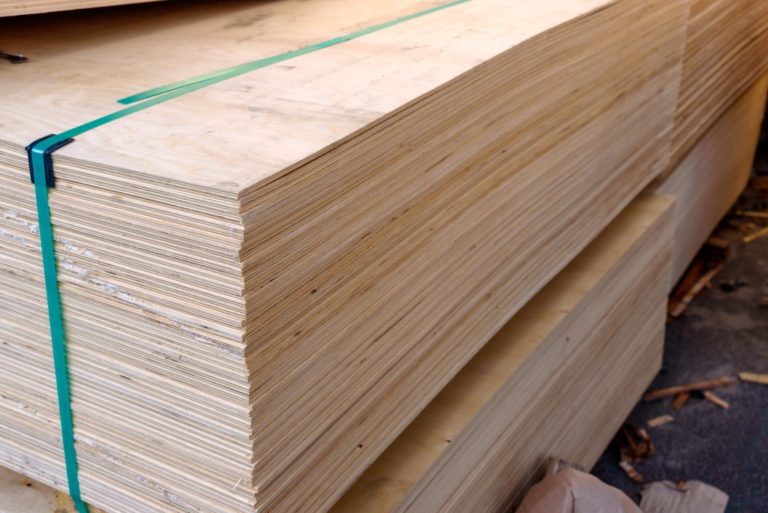Plywood has many uses around the house. It can be used in building rooms or renovating specific spaces. It can also be used to create furniture, such as cabinets and chairs. Given the many varieties of plywood, it can be hard to determine which one would best suit your purpose. Here’s how you can do that:

What is it for?
The first thing that you should do before looking for plywood types is to think carefully about what you’re going to use it for. There are different types of plywood, each with different characteristics that make them great for specific uses. Marine-grade plywood is excellent for interior applications, especially as it has water-resistant properties. Meanwhile, oak plywood is durable, making it great for making furniture.
You also need to take into consideration the location where the plywood will be used. If it’s in the kitchen, then you will need plywood that is resistant to moisture and fire. Knowing the end goal of your project is essential so that you can decide which type of plywood you require. Make sure to do a lot of research on your options. You can also consult a professional to know what the best materials are.
Look closely at the edges
Learn about plywood characteristics, as these can help you make a constructive decision. Among the things that you should look at are the edges. Before buying, inspect the edges and look at the core veneers. They should be of uniform thickness and look straight.
Also, there should be few or no voids. If there are many voids, then look for another piece of plywood. These can cause undulations throughout the plywood that you will only notice once you’ve applied a finish.
As flat as possible
No piece of plywood could be perfect. However, you can choose the best one for your needs by checking for flatness. When looking at a pile, look at the edges, and see which one is relatively flat, more so than the others. Some sheets can resemble potato chips due to the many warbles across the surface. You wouldn’t want to end up with those.

Learn about grading
Plywood sheets come in different grades. In the U.S., the four primary categories for softwood plywood veneers are A, B, C, and D, with A being the best and so forth.
Each sheet has a front and back face, each of which has different grades. For example, a sheet can be graded AB, with A for the front and B for the back. An “X” grade is added if the plywood is meant for exterior use.
Grade A plywood is smoothly sanded and can be easily painted over. B has a solid surface and contains some repairs, such as fillers or patches. Meanwhile, C grade has discoloration and some splits. Lastly, D grade plywood has splits but no fixes.
Learning about plywood grading is essential so that you can find the best sheets for your needs.
Don’t go for deliveries
As much as possible, inspect the plywood sheets first and bring them home yourself if you can. Don’t call in for orders and have couriers pull sheets for you. You might not like the ones that will arrive at your doorstep. You can end up having no choice but to accept them or return them. They might have a less-than-desirable grain pattern or some small damages.
If you can’t haul the sheets home yourself, make sure to inspect your chosen pieces first before they are loaded into a truck. Make sure to reject damaged or unusable sheets.
Choosing the right kind of plywood is vital as it saves you the hassle of repairs or damage later on. With so many types to choose from, you need to know how to determine the best model. These points should help guide you.



